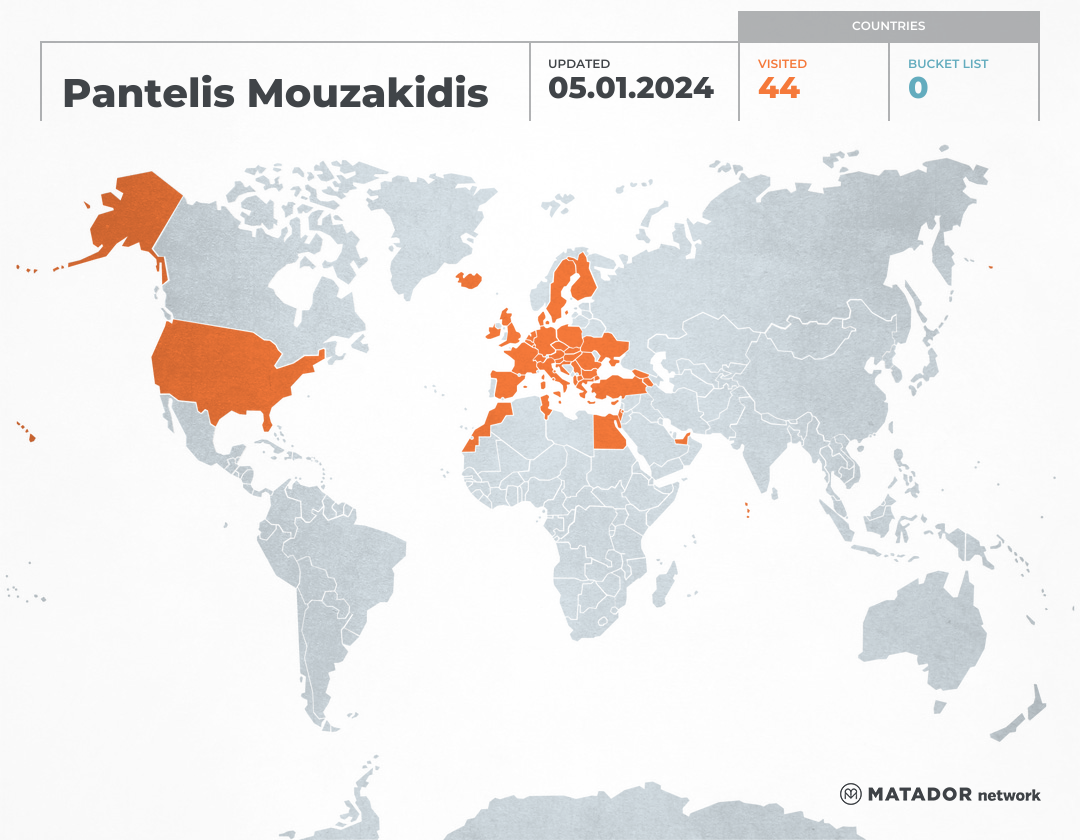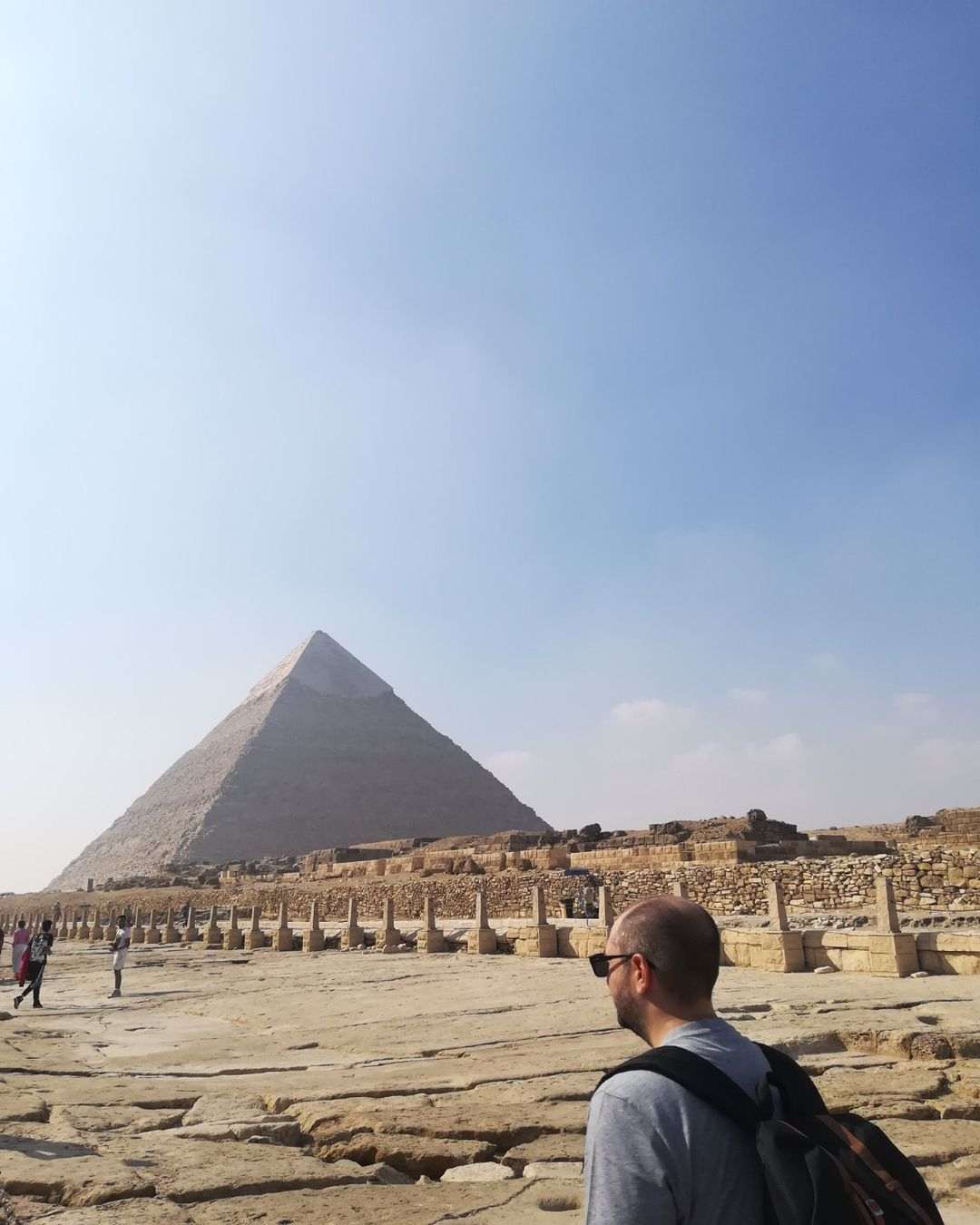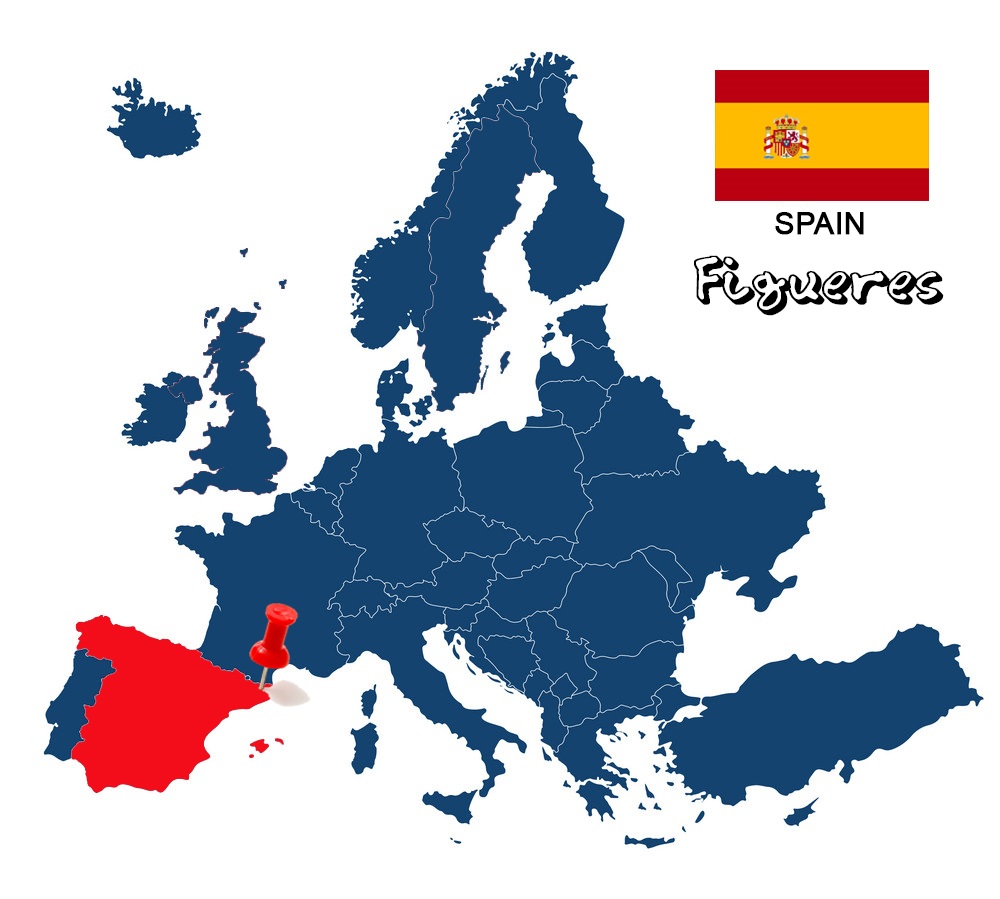
The truth is that I may have traveled a lot, but I haven't "achieved" anything like Figueres again. It is a quiet town, which otherwise looks like the whole world is outside the Museum of Dali waiting in line! And only when the sun sets and the city returns to its normal rhythms, since the daily travelers board the buses, you can realize the hidden beauties that it has to offer you.
A few words about the city
Figueres (Figueres in Catalan and Figueras in Spanish) is a Spanish town near the Spanish-French border in the autonomous community of Catalonia, about 100 km from Barcelona, between the eastern side of the Pyrenees and the Costa Brava. It is also the capital of the region of Uper Enporda, in the province of Girona and is the most important urban center of the wider region with a population of 45,123 inhabitants. Of course, the city is known worldwide thanks to its famous son, the painter Salvador Dali. Figueres, however, has other things to present, since it is very picturesque, with beautiful pedestrian streets and squares with wonderful cafes for relaxation and many interesting tourist attractions and shops for your shopping. So I have chosen for you, what I consider to be worthy of attention for someone who is visiting the city for the first time.
Teatro-Museo Dali
The Salvador Dali Museum-Theater (Teatro-Museo Dali) is the most important attraction of the birthplace of the famous surrealist painter. It is a creation of himself, who worked for 15 years on the study and creation of the museum. It is built on the site of the city's former theater, which was destroyed during the Spanish Civil War and inaugurated in 1974 to be the largest surrealist work in the world. The artist chose this particular spot, as it was there that he presented his first painting exhibition. The building already impresses from the outside, with the red wall with the eggs on top of it, predisposing to what the visitor will see inside. In the 22 rooms of the museum there are more than 1500 sculptures, paintings, photographs, drawings, sketches and much more, which cover all the artistic manifestations of Dali (Impressionism, Futurism, Cubism, etc.), but also his surreal creations, the last years of his life. Other important exhibits are an entire living room, which from a specific point of view, looks like a woman's face, the painting of Dali’s wife Gala, the huge ashtray, the phone-lobster, etc. You don't need to be a fan of Dali or art for to go to this museum, since it is a special experience in itself. It is simply unique and compensates every visitor. Admission costs 15e and the queues are usually huge, so it would be wise to book your tickets online.
Museu dei Joguet
Apart from the Museum of Dali, there are other attractions in Figueres that deserve your attention, the most important of which is the Museum of Toys (Museu dei Joguet). It is a different museum from the ones you are used to, which since 1982 opened its gates to the public, accepts young and old visitors from all over the world. It exhibits more than 4,000 toys-exhibits from Catalonia and Valencia, mainly dolls, stuffed animals, balls, trains, cars, kitchens, costumes, soldiers, bicycles and whatever other game the human mind can imagine, while very interesting is the collection with 384 puzzles. Many photos of children with their toys help to determine chronologically the period when each game was played, as well as the course of each in time. Toys by Anna Maria, Salvador Dali, Lorca and Miro are also in the museum. Visit the Toy Museum and travel to the memories of your childhood. Admission costs 7e.
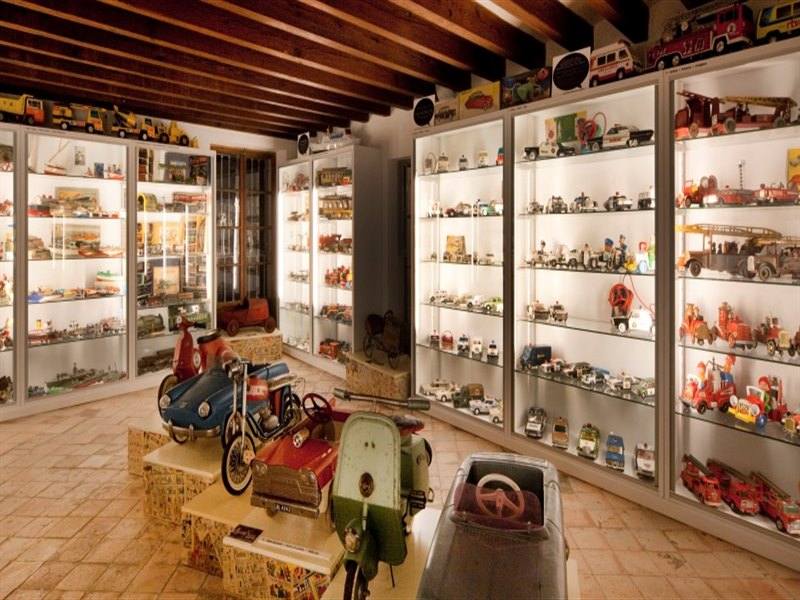
Museu de l'Emporda
With the Dali Museum ticket, you will have free access to another very interesting art space, the Emporda Museum (Museu de l'Emporda). It is strange that although it is located so close to the great Museum of the city, there is not the same crowd, even though it hosts some exhibits of the highest artistic importance. The history of the museum dates back to 1885, when the first collections arrived from the Prado Museum, collecting some works of art from the scene of Catalan Art (Sorolla, Casas, Nonell, Sacharoff and Tapies) and in particular Emporda (Dali, Santos, Reig, Valles, Planells, Massanet, Gabriel and Mitja). Finally, it also includes archaeological works, medieval art and Baroque paintings.
Castell de Sant Ferran
The castle of St. Fernardo (Castell de Sant Ferran) is a building on a high hill of Figueres, at the end of Pujada del Castell. It is, therefore, a military fortress built in the eighteenth century (1753) under the orders of several military engineers, including Peter Martin I Cermeno Juan Martin Cermeno, and is the largest monument in Catalonia (based on its dimensions)! The castle occupies an area of 320,000 m2 within a perimeter of 3120 m. and the reservoirs located under the yard are able to hold up to 10 million liters of water! To understand its size, it is enough to consider that in its glories, the castle could support 6,000 soldiers! After the termination of its use as a prison, in July 1997 it opened its gates to the public in order to present the characteristics of the fortress and the history of the area. Admission costs 3.5e.
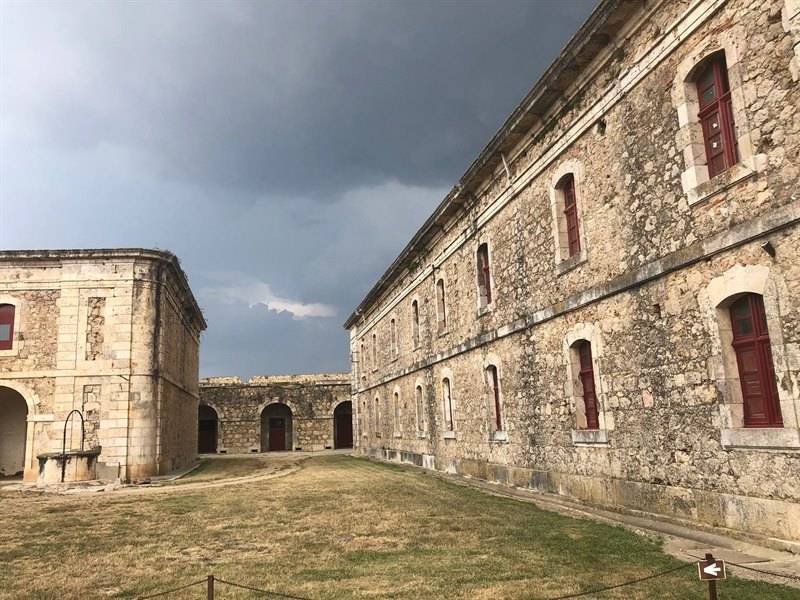
Esglesia de Sant Pere
The Church of St. Peter (Esglesia de Sant Pere) is a temple originally Gothic and later Roman architecture, located in the homonymous Square in the center of the city. The original church dates back to the 10th century, but over the years it was built and reconstructed many times, with the last reconstruction works taking place between 1941 and 1948. Unfortunately, from the original building only the domes and some supports are preserved, but it remains impressive and monumental. Like everything in Figueres, this particular church is related to Salvador Dali, since this was the temple in which he was baptized. Admission is free.
La Rambla de Figueres
La Rambla is a beautiful pedestrian street in the center of Figueres, which gathers most people right after the Dali Museum. This is an attempt to copy the street of the same name in Barcelona, and I would say that they achieved it on a different scale and aesthetics of course. Walking under the tall trees, which create shade even on the hottest days of summer, you will be able to admire a monumental complex, which includes the inventory of the architectural heritage of the whole of Catalonia. There you will also find many cafes, ice cream shops, restaurants, tourist shops and all other commercial spaces.
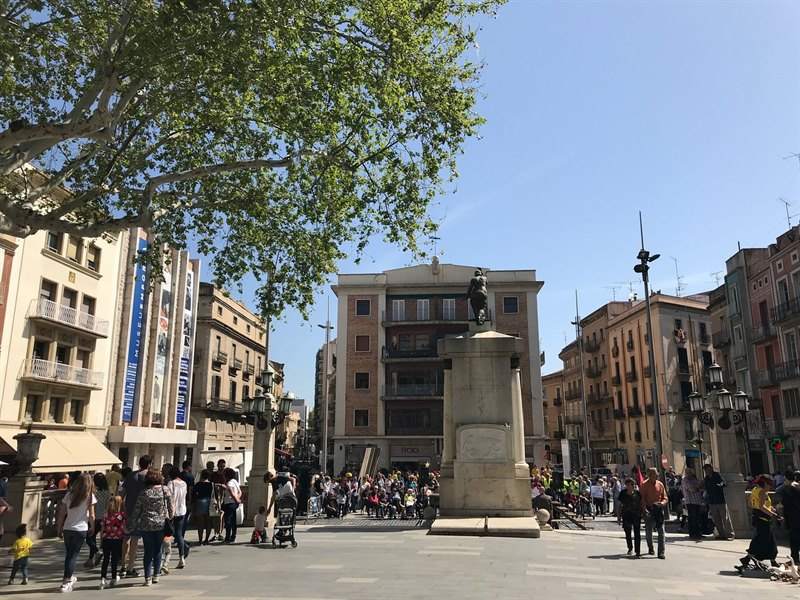
How to go
Of course, there is no airport in Figueres, so you have to travel first to a neighboring big city and from there end up in Figueres. The most economical and quick option from Thessaloniki is via Girona. So the most economical solution to travel to Girona, as we have seen in a previous article, is 53€ round trip with Ryanair. From there, you have to take a bus and in about half an hour, you will reach your final destination.
Where to stay
Figueres is a small town that, let's not hide behind our finger, attracts tourists mainly for the Dali Museum. Being so close to Barcelona and Girona, most visitors choose it as a one-day excursion. But if you want to settle in Figueres, the options are many and the prices are very low, due to the small demand. So my suggestion is Duran Hotel & Restaurant, a three star hotel, located next to the Dali Museum and has excellent value for money.
How to move
Everything Figueres has to offer is located in the city center, so you will not need public transport, since everything is accessible on foot. However, in the city there are buses that cover several parts of the city and taxis, relatively cheap, for faster transportation.
What to eat
The Spanish cuisine and in our case the Catalan, combines wonderfully the mountain with the sea and its flavors are very close to Greeks. The dish you should definitely try is the famous Paella, which is essentially a pilaf made of rice and saffron, in which seafood and vegetables are usually combined. A good choice to try is the 9 Suprem. Of course, the famous tapas have a special place in the diet and culture of the Spaniards. Tapas are not a specific dish; I could only describe it as our own appetizers. It is traditionally a slice of bread that has something on top (cheese, tsoritho, omelette, risotto, boiled potato, etc.). You will find the best in Lizarran.
Useful information

In Spain we travel with a passport or a new type of Police ID, where the details are indicated in Latin characters.
In Figueres the language used is Spanish and more specifically a dialect of Catalan. This means that communication is a little difficult, since English is a language unknown to Spaniards, let alone Catalans! However, with a little goodwill, anything is possible.
The currency of the country is the euro.
Figueres is an hour behind Greece (GMT +2).
Getting to and from Girona Airport is simple, since there are continuous bus services that will take you to the city center.
In Figueres there is no Greek embassy or a Greek consulate so if you need anything you should contact the nearest one, which is located in Barcelona and more specifically at 6 Calle Freixa Street, 08021 and its phone is (0034) 93 2002036.
The climate in Figueres is very similar to that of Greece, with mild winters and warm summers. So the ideal period of Visit is summer, so that you can enjoy the beautiful beaches and idyllic locations.
Recommended excursions → Barcelona, Girona, Andorra
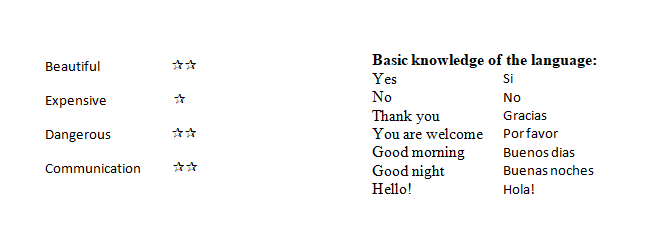
If this article seemed interesting or contributed to your quality information, then you can like my facebook page: o_thessalonikios or follow me on instagram!
Mouzakidis Pantelis





